Electric and Magnetic Field: What are the Differences?
The term «field» in Russian means a very large area of uniform composition, for example wheat or potato.
In physics and electrical engineering, it is used to describe various types of matter, for example electromagnetic, consisting of electrical and magnetic components.
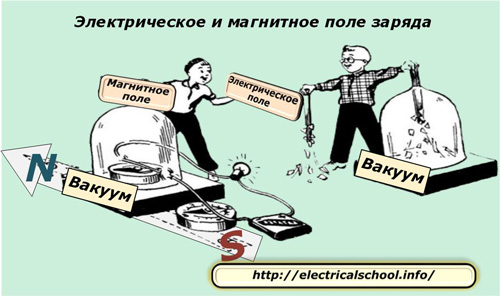
Electric charge is associated with these forms of matter. When it is stationary, there is always an electric field around it, and when it moves, a magnetic field is also formed.
Man's idea of the nature of the electric (more precisely, electrostatic) field is formed on the basis of experimental studies of its properties, since there is still no other method of research. With this method, it was found that it acts on moving and / or stationary electric charges with a certain force. By measuring its value, the main operational characteristics are evaluated.
Electric field
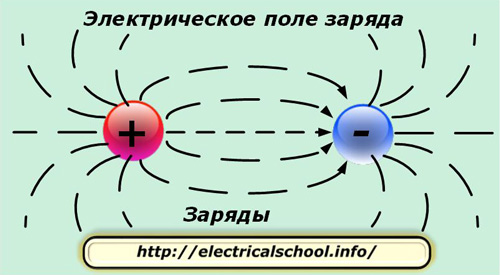
Formed:
-
around electric charges (bodies or particles);
-
with changes in the magnetic field, such as occur during movement electromagnetic waves.
It is depicted with lines of force, which are usually shown as emanating from positive charges and terminating in negative ones. Charges are thus sources of electric field. By acting on them you can:
-
identifying the presence of a field;
-
enter a calibrated value to measure its value.
For practical use, power characteristic so-called voltage, which is estimated by the action on a single charge with a positive sign.
Magnetic field
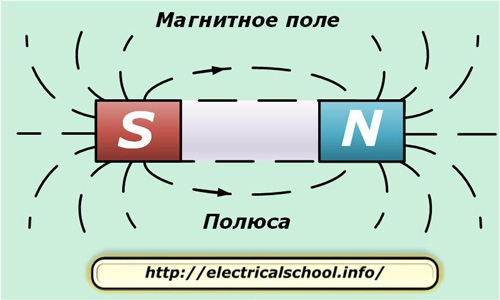
Acts on:
-
electric bodies and charges in motion with a definite effort;
-
magnetic moments without considering the states of their motion.
The magnetic field is created:
-
the passage of a current of charged particles;
-
by summing the magnetic moments of electrons inside atoms or other particles;
-
with a temporary change in the electric field.
It is also depicted with lines of force, but they are closed along the contour, they do not have a beginning and an end, unlike electric ones.
Interaction of electric and magnetic fields
The first theoretical and mathematical justification of the processes taking place in the electromagnetic field was carried out by James Clerk Maxwell. He presented a system of equations of differential and integral forms in which he showed the relationship of the electromagnetic field to electric charges and currents flowing in continuous media or vacuum.
In his work he uses the laws:
-
Amperes, describing the flow of current through a wire and the creation of magnetic induction around it;
-
Faraday, explaining the occurrence of an electric current from the action of an alternating magnetic field on a closed conductor.
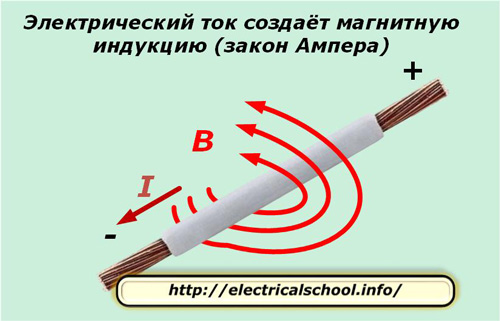
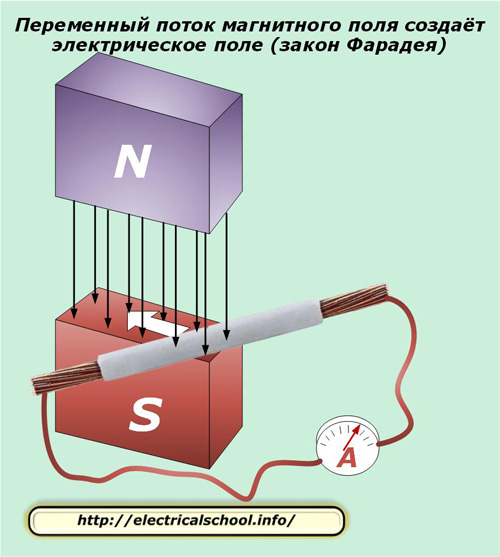
Maxwell's works determined the precise relationships between the manifestations of electric and magnetic fields depending on the charges distributed in space.
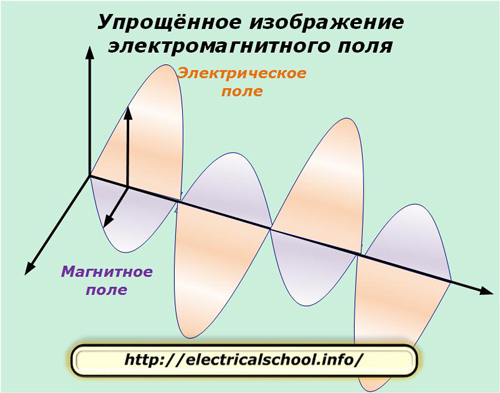
Much time has passed since the publication of Maxwell's works. Scientists are constantly studying the manifestations of experimental facts between electric and magnetic fields, but even now it is difficult to establish their nature. The results are limited to purely practical applications of the phenomena under consideration.
This is explained by the fact that with our level of knowledge we can only build hypotheses, since for now we can only assume something. After all, nature has inexhaustible properties that still need to be studied a lot and for a long time.
Comparative characteristics of electric and magnetic fields
Sources of education
The mutual relationship between the fields of electricity and magnetism helps to understand the obvious fact: they are not isolated, but connected, but they can manifest in different ways, representing a single entity - an electromagnetic field.
If we imagine that an inhomogeneous field of electric charge is created from space at some point, which is stationary relative to the surface of the Earth, then it will not work to determine the magnetic field around it at rest.
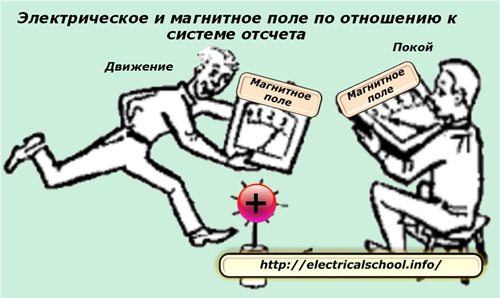
If the observer begins to move relative to this charge, then the field will begin to change in time, and the electric component will already form a magnetic one, which the permanent researcher can see with his measuring instruments.
Similarly, these phenomena will occur when a stationary magnet is placed on some surface, creating a magnetic field. When the observer begins to move towards it, he will detect the appearance of an electric current.This process describes the phenomenon of electromagnetic induction.
Therefore, it does not make much sense to say that at the considered point in space there is only one of two fields: electric or magnetic. This question must be asked in relation to the frame of reference:
-
stationary;
-
Movable.
In other words, the frame of reference affects the manifestation of electric and magnetic fields in the same way as viewing landscapes through filters of different hues. The change in the color of the glass affects our perception of the overall picture, but even if we take as a basis the natural light created by the passage of sunlight through the air atmosphere, it will not give the true picture as a whole, it will distort it.
This means that the reference frame is one of the ways to study the electromagnetic field, it makes it possible to assess its properties, configuration. But that doesn't really matter.
Electromagnetic field indicators
Electric field
Electrically charged bodies are used as indicators showing the presence of a field at a particular location in space. They can use electrified small pieces of paper, balls, sleeves, "sultans" to observe the electrical component.
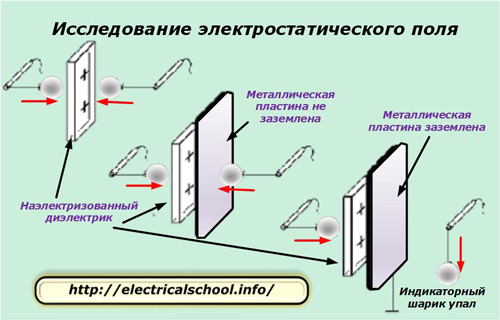
Let us consider an example where two indicator balls are placed in free suspension on either side of a flat electrified dielectric. They will be equally attracted to its surface and will extend in a line.
In the second stage, we place a flat metal plate between one of the balls and an electrified dielectric. This will not change the forces acting on the metrics. The balls will not change their position.
The third stage of the experiment is related to the grounding of the metal sheet. As soon as this happens, the indicator ball located between the electrified dielectric and the grounded metal will change its position, changing its direction to vertical. It will cease to be attracted to the plate and will be subject only to the gravitational forces of gravity.
This experience shows that grounded metal shields block the propagation of electric field lines.
Magnetic field
In this case, the indicators can be:
-
steel filings;
-
a closed loop through which an electric current flows;
-
magnetic needle (compass example).
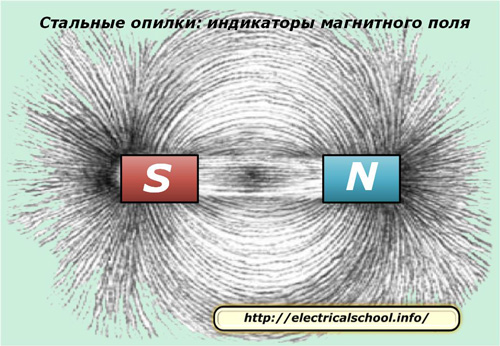
The principle of distribution of steel shavings along magnetic lines of force is the most widespread. It is also included in the operation of the magnetic needle, which, in order to reduce the opposition of frictional forces, is fixed on a sharp point and thus receives additional freedom of rotation.
Laws describing the interactions of fields with charged bodies
Electric fields
Coulomb's experimental work, carried out with point charges suspended on a thin and long thread of quartz, served to clarify the picture of the processes taking place in electric fields.
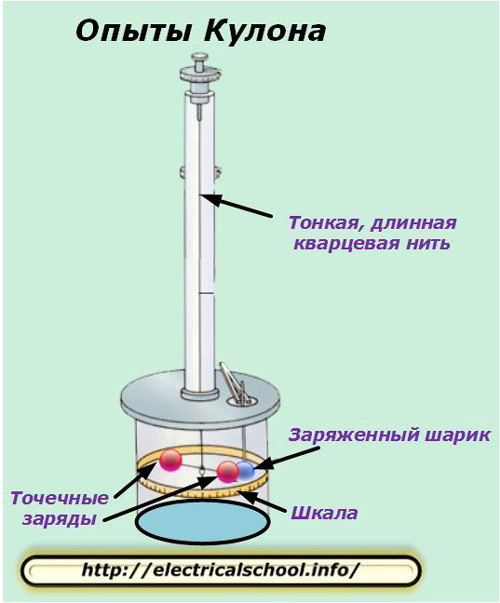
When a charged ball was brought near them, the latter affected their position, forcing them to deviate by a certain amount. This value is fixed on the scale dial of a specially designed device.
In this way, the forces of mutual action between electric charges, the so-called electric, Coulomb interaction… They are described by mathematical formulas that allow preliminary calculations of the designed devices.
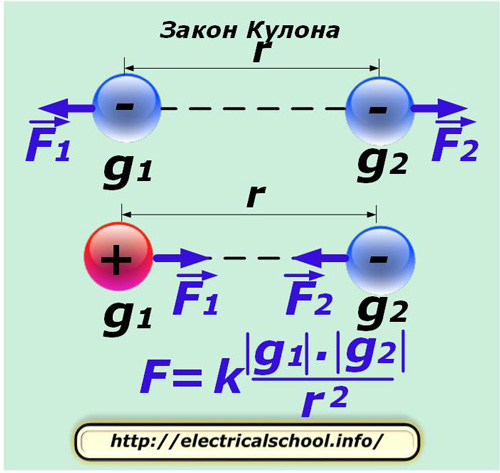
Magnetic fields
It works fine here Ampere's Law based on the interaction of a current-carrying conductor placed inside the magnetic lines of force.
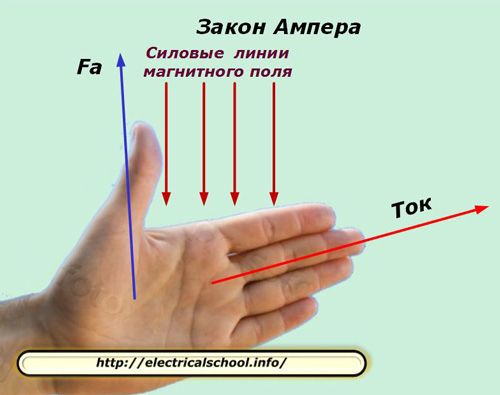
A rule using the arrangement of the fingers of the left hand applies to the direction of the force acting on the current-carrying wire. The four fingers joined together must be positioned in the direction of the current, and the lines of force of the magnetic field must enter the palm. Then the protruding thumb will indicate the direction of the desired force.
Flight graphics
Force lines are used to indicate them in the plane of the drawing.
Electric fields
To indicate lines of stress in this situation, a potential field is used when stationary charges are present. The line of force comes out of the positive charge and goes to the negative.
An example of electric field modeling is a variant of placing quinine crystals in oil. A more modern method is the use of computer programs of graphic designers.
They allow you to create images of equipotential surfaces, estimate the numerical value of the electric field and analyze different situations.
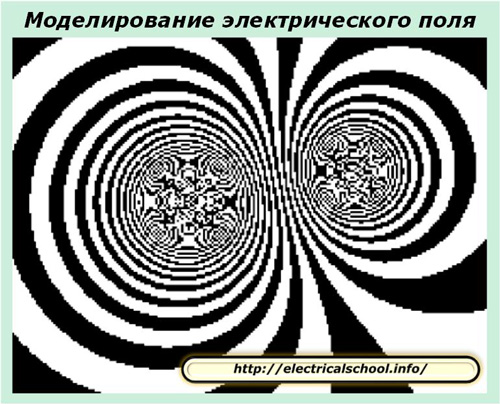
Magnetic fields
For greater display clarity, they use lines characteristic of a vortex field when closed by a loop. The above example with steel files clearly illustrates this phenomenon.
Power characteristics
It is customary to express them as vector quantities having:
-
a certain course of action;
-
force value calculated by the corresponding formula.
Electric fields
The electric field strength vector at a unit charge can be represented in the form of a three-dimensional image.
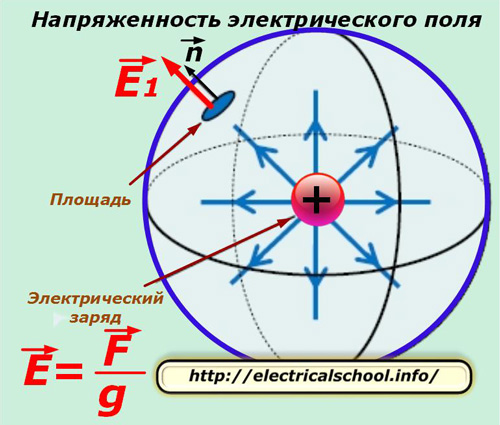
Its magnitude:
-
directed away from the center of charge;
-
has a dimension that depends on the calculation method;
-
is determined by non-contact action, that is, at a distance, as the ratio of the acting force to the charge.
Magnetic fields
The voltage arising in the coil can be seen as an example in the following picture.
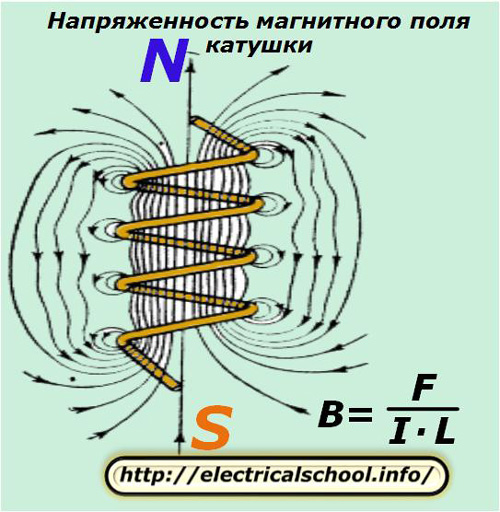
The magnetic lines of force in it from each turn outside have the same direction and add up. Inside the turn-to-turn space, they are directed oppositely. Because of this, the internal field is weakened.
The magnitude of the voltage is affected by:
-
the strength of the current passing through the coil;
-
the number and density of windings, which determine the axial length of the coil.
Higher currents increase the magnetomotive force. Also, in two coils with the same number of turns but different winding densities, when the same current flows, this force will be higher where the turns are closer.
Thus, electric and magnetic fields have definite differences, but they are interconnected components of one common thing, electromagnetic.
